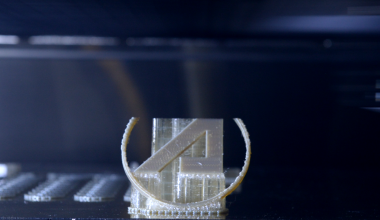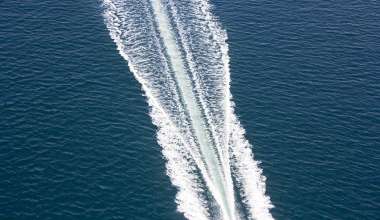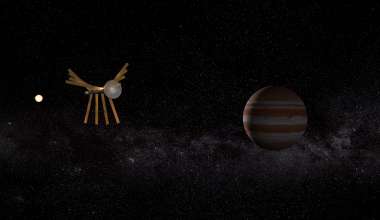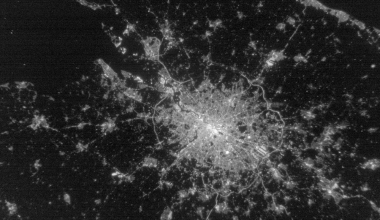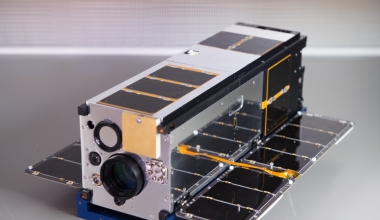该AeroCube-10双的CubeSat使命,挤满了空间实验和技术展示,是其近期从国际空间站离开后射入轨道从天鹅座自动货运飞船。
可能是最有趣的实验这艘航天资助的航天器被设计在内部,在航空航天和硬件组成的一个以前从未做过的任务。硬件是与一组28个大气压探针,在上一个命令释放时间之一的分配器。这些轻的环形探针展开成三个正交98毫米直径的盘,重量只有16克。They will reenter within months and will provide sensitive in-situ measurements of the variations in the density of the Earth’s thermosphere (atmosphere from about 50 to 600 miles above the Earth’s surface), which has not been studied extensively.
The probes were the brainchild of Aerospace’s Jerry Fuller, following a hallway discussion in Chantilly with Andrew Abraham, who was working on deorbit analysis and noted that it would be good to have real-time information about conditions in the upper atmosphere. They both wondered whether CubeSats might be able to provide missing information.
Fuller gave some thought to the problem, and that afternoon came up with concept sketches for the probes. After returning to El Segundo, Fuller got together with Dr. Rebecca Bishop of the Space Sciences Department and proposed an experiment based on the concept. Later, the concept was incorporated into the AC10 project, the deployer was designed and testing ensued on the probes to ensure they functioned correctly and could be observed clearly as they returned to Earth.
Results from the probes should improve understanding of the dynamics in the thermosphere that affect orbital lifetimes, navigation and communications on Earth.
另一个复杂的实验涉及在两个AeroCube-10颗卫星,并处理测量,可能导致在空间太阳能电池的退化的辐射的有效载荷。每个卫星包含一组空间的太阳能电池具有不同辐射屏蔽的厚度。它们将提供关于空间的太阳能电池如何相比于由目前的模型所预测的降解降低由于带电粒子辐射的信息。旁边的太阳能电池为一对,将测量不同的能量水平向电子和质子辐射通量辐射剂量计。

此外,一个装置被称为一个微带电粒子望远镜将测量质子,电子和重离子辐射通量在被怀疑引起太阳能电池损伤的其它能量水平。
And who says that scientists and engineers have to be serious all the time? AeroCube-10 will also carry a payload that is strictly, or mostly, for entertainment. A wide field-of-view camera will be used to collect photographs in all directions around the spacecraft. The photos will be stitched into a 360-degree image that can be viewed with a virtual reality headset, effectively placing the viewer in space for an awesome experience.
所述AeroCube-10双1.5单位的Cubesats,由10×15厘米的每个测量10,被指定AeroCube-10a和AeroCube-10b中。They have identical shapes and weight (within 2 grams), which will prevent them from drifting apart. This proximity allows them to demonstrate satellite-to-satellite pointing and communication and test a steam propulsion thruster aboard AeroCube-10b.
“AeroCube-10 is not only a series of technology experiments — the two spacecraft will work together to achieve goals as well,” said David Hinkley, one of the AeroCube-10 mission designers. “Cooperative missions are a strong suit for miniature satellites.”


